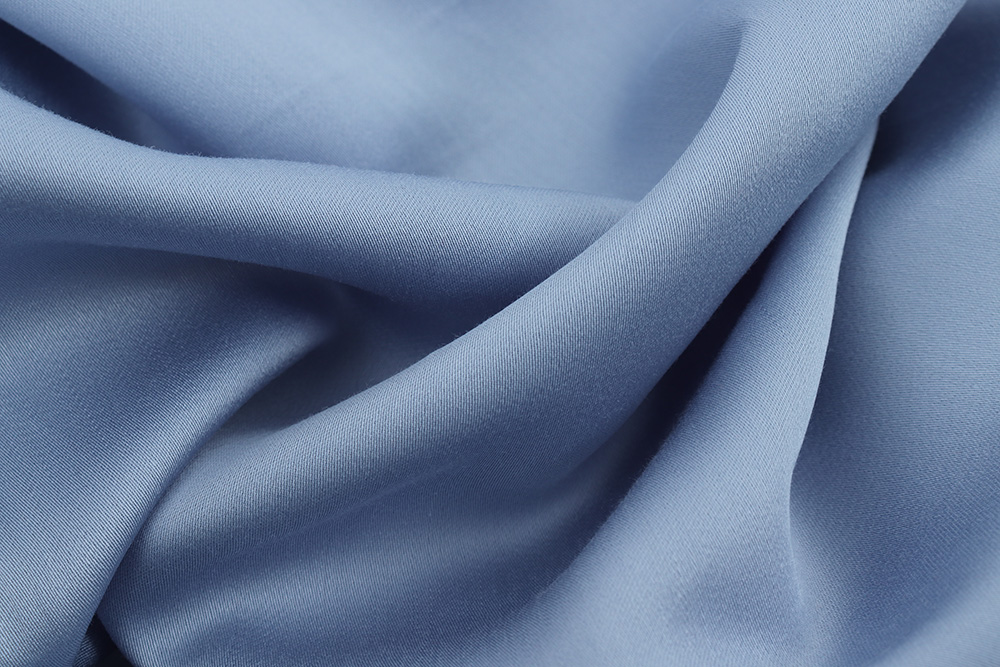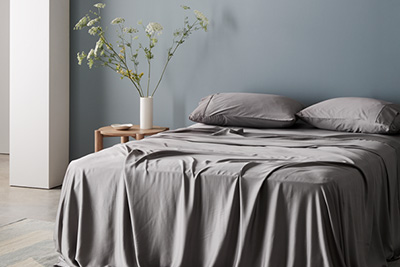新闻资讯
公司多年深耕家纺市场,集产品生产、研发、销售为一体。产品始终坚持以健康、环保、可降解,循环再利用、时尚为核心,带给广大客户和消费者提供更好更优的体验为准则。
Qingdao Huayu Textile Co., Ltd. and Shanghai Lyocell Fibre Development Co.,Ltd reached a strategic cooperation
- Categories:News Center
- Author:毋皓
- Origin:
- Time of issue:2021-08-03 14:41
- Views:
Qingdao Huayu Textile Co., Ltd. and Shanghai Lyocell Fibre Development Co.,Ltd reached a strategic cooperation
- Categories:News Center
- Author:毋皓
- Origin:
- Time of issue:2021-08-03 14:41
- Views:
Information
Recently, Qingdao Huayu Textile Co., Ltd. and Shanghai Lyocell fiber Development Co., Ltd. reached a strategic cooperation, Shanghai Lyocell fiber Development Co., Ltd. hereby authorizes Qingdao Huayu Textile Co., Ltd. as the sole supplier of the company's bamboo lyocell fiber and its products.

Keyword:
Previous:
Bamboo fiber introduction(1)
Relevant Information
PRODUCTS
NEWS CENTER
CONTACT US
15194222202(Manager Wu)
18653218557(Manager Qin)
Email: qingdaohuayu@126.com
Address: No. 80, Haier Road, Laoshan District, Qingdao

Official website QR code
Copyright © Qingdao Huayu Textile Co., Ltd. 鲁ICP备2021016377号 POWERED BY WWW.300.CN
Copyright © Qingdao Huayu Textile Co., Ltd.
鲁ICP备98654124号 POWERED BY WWW.300.CN




